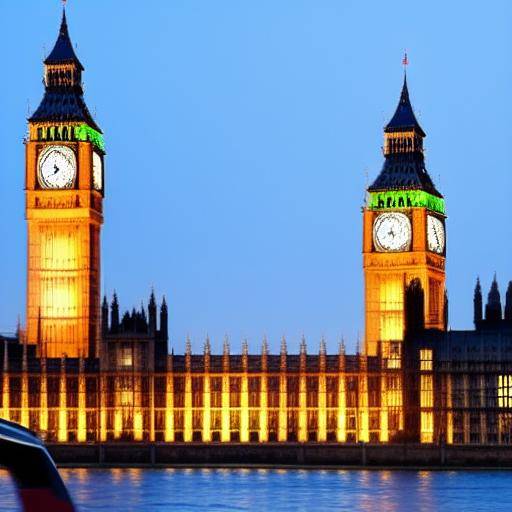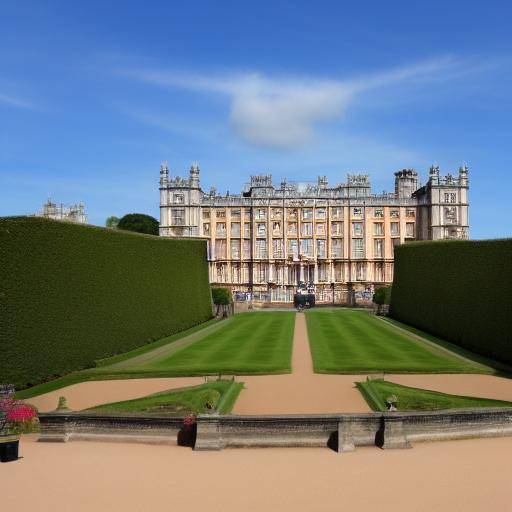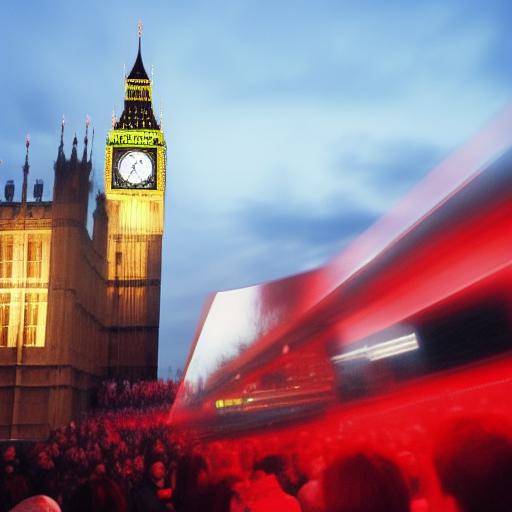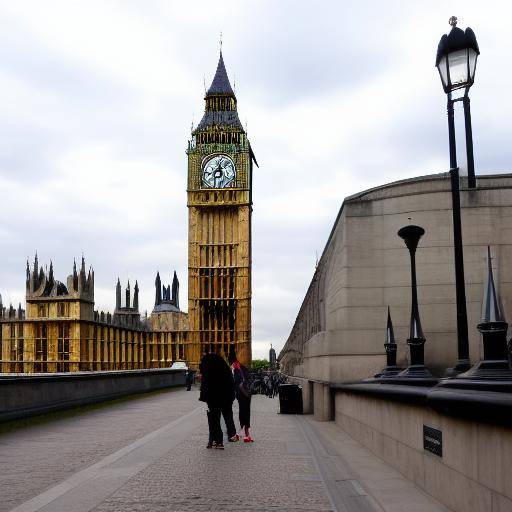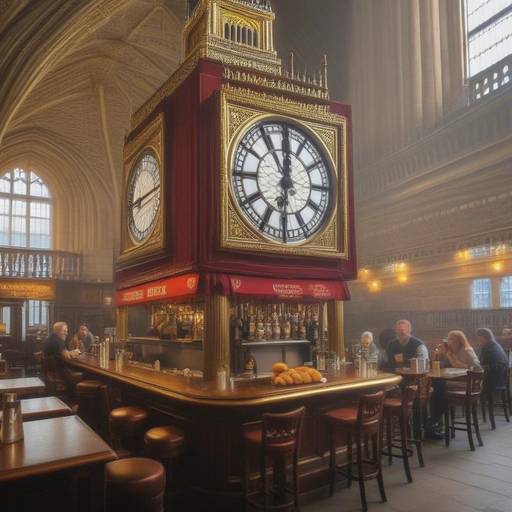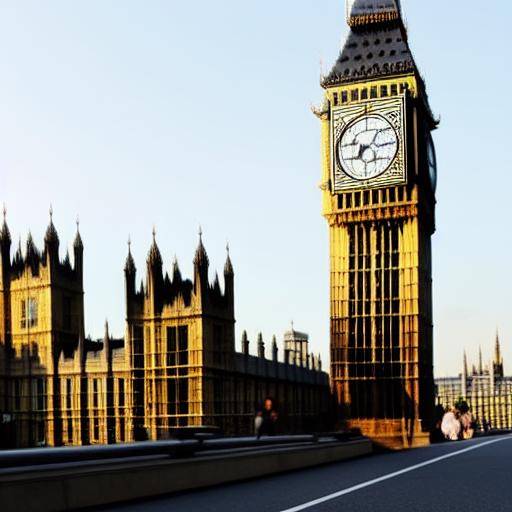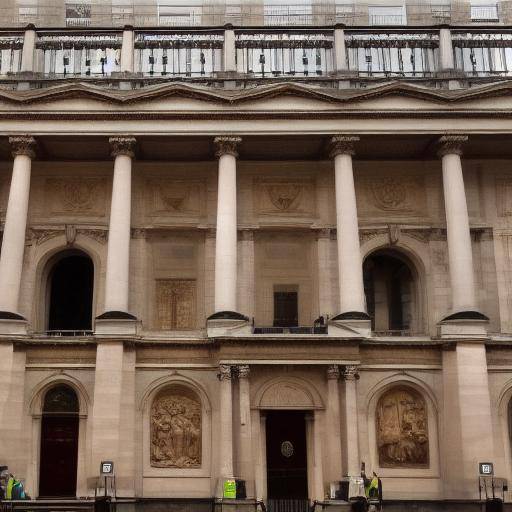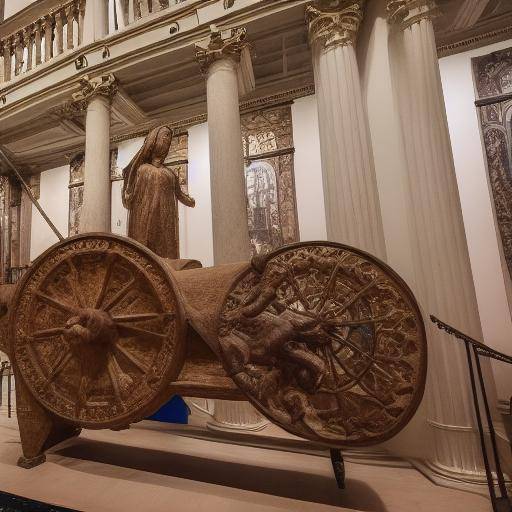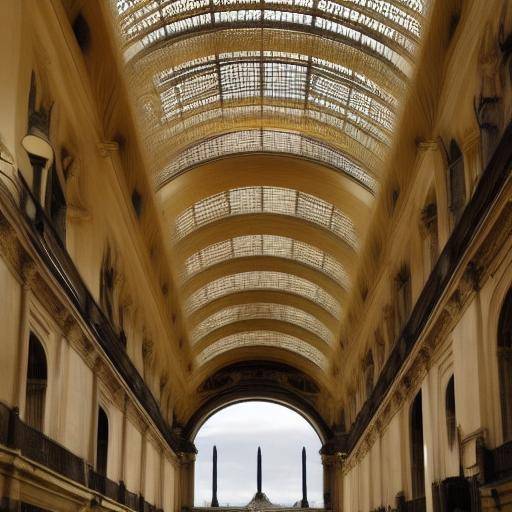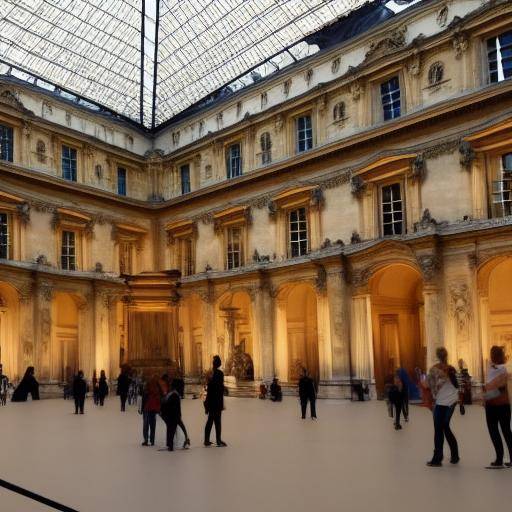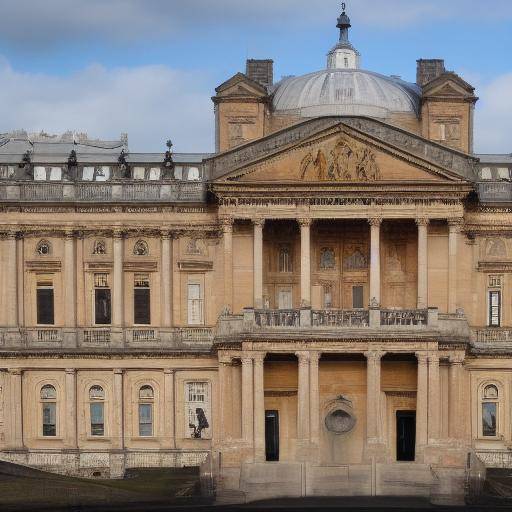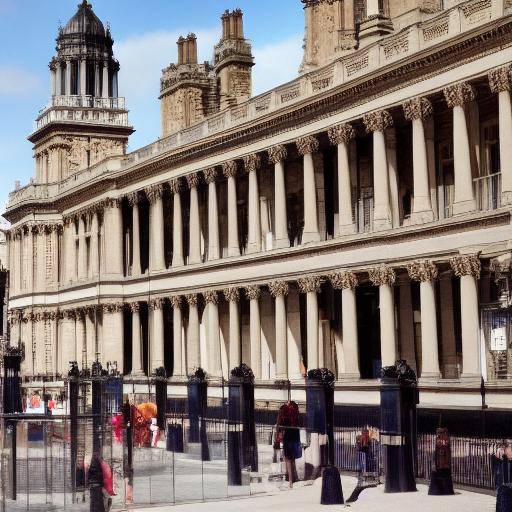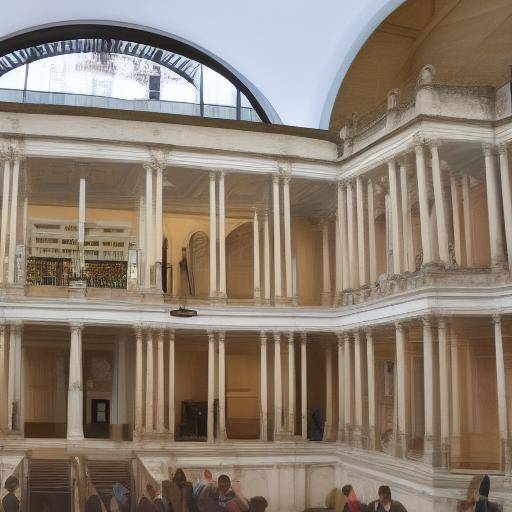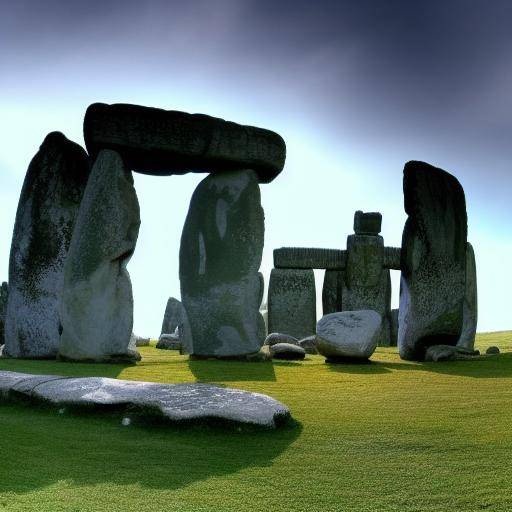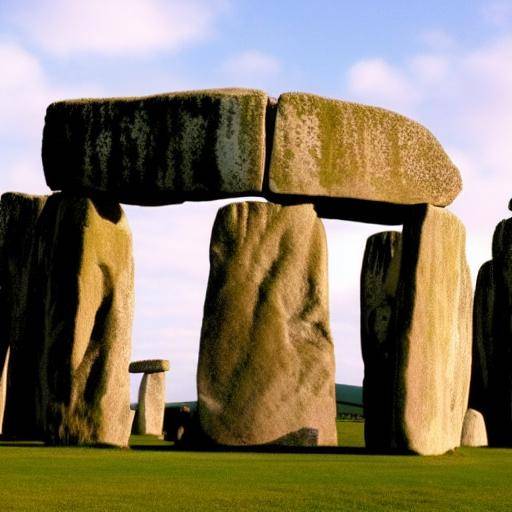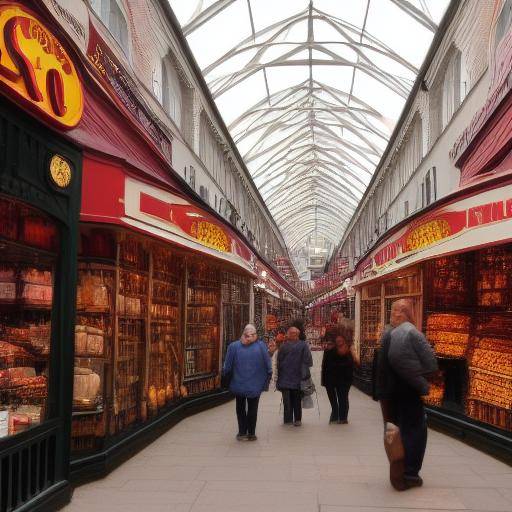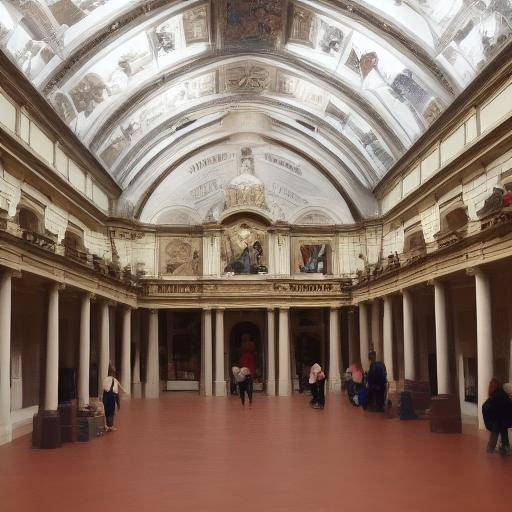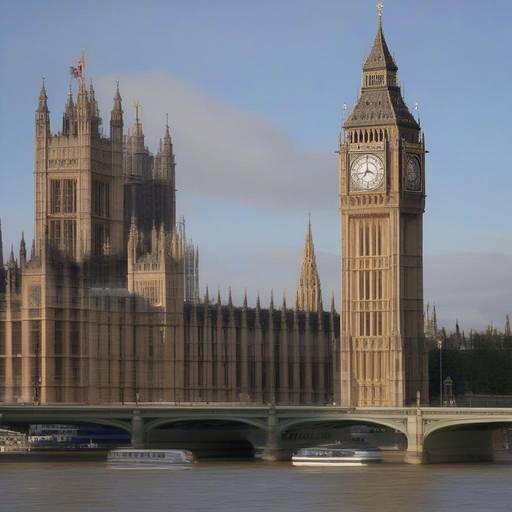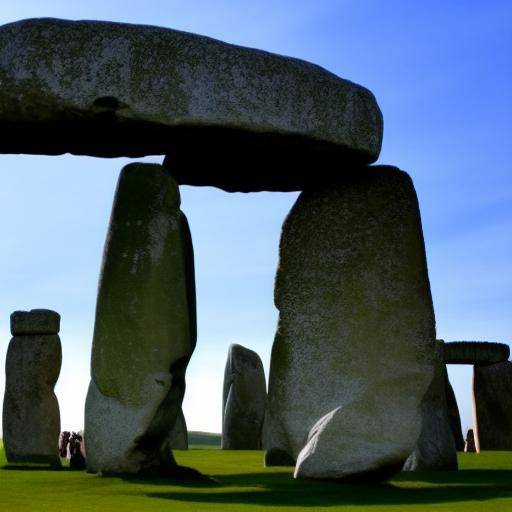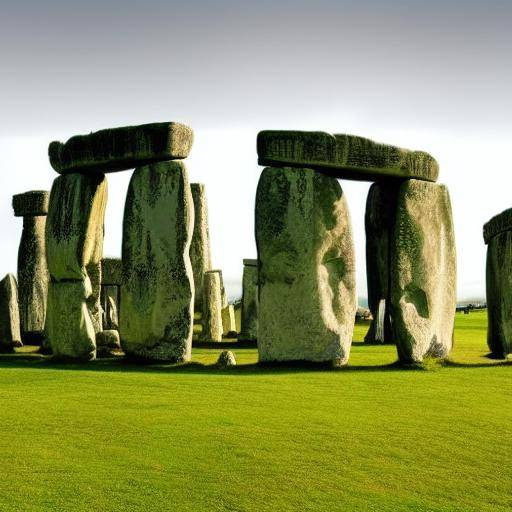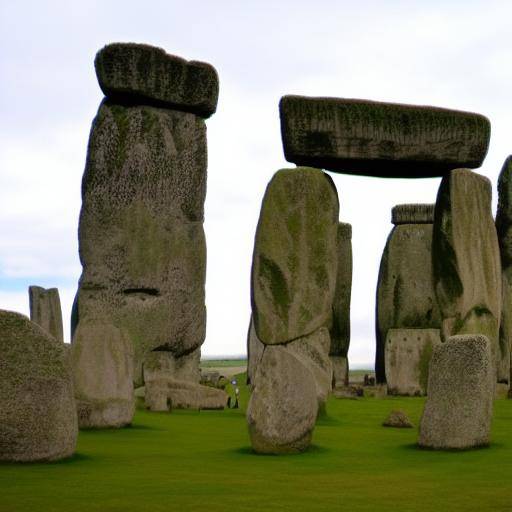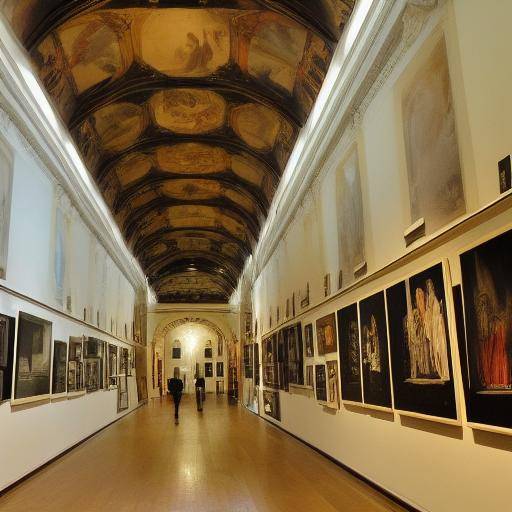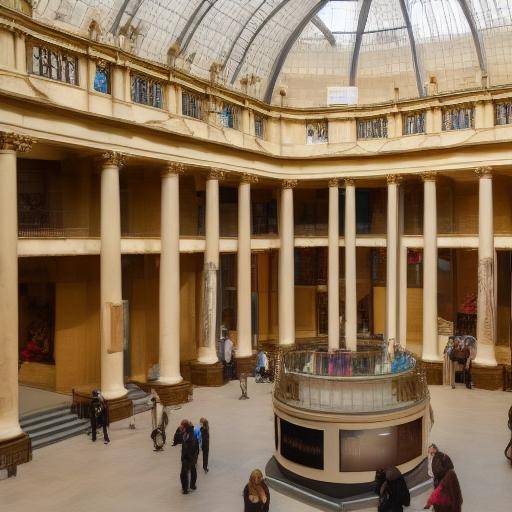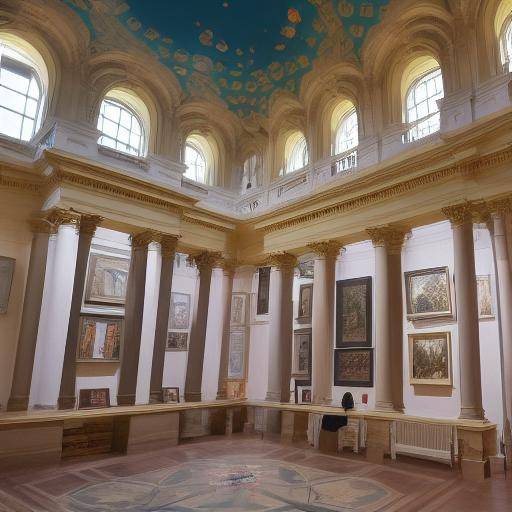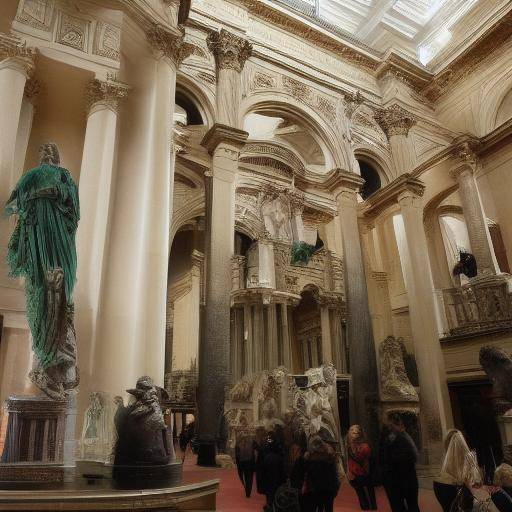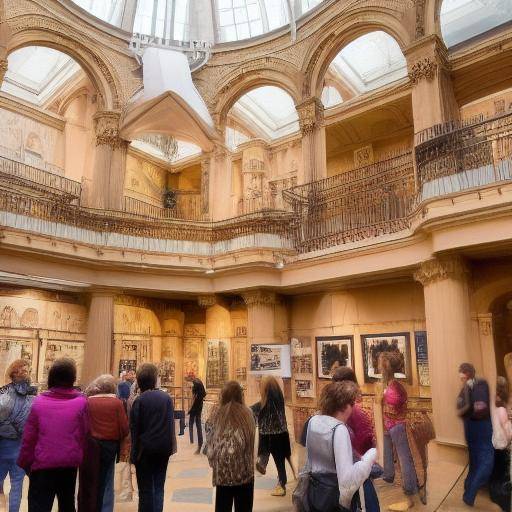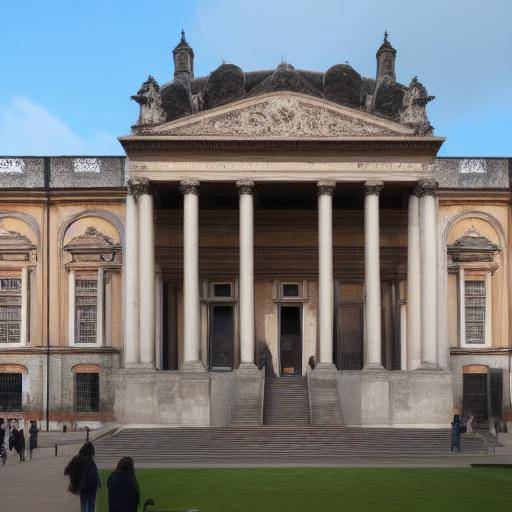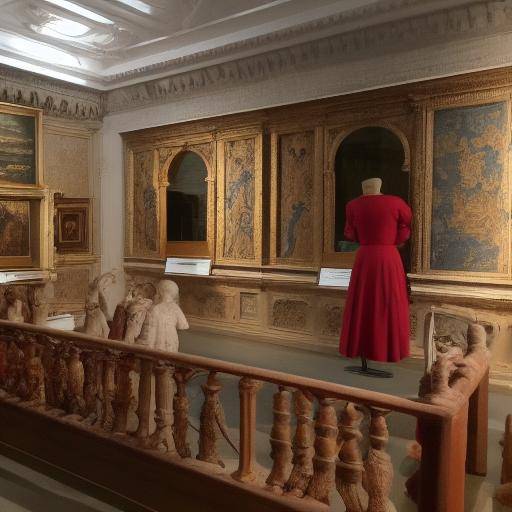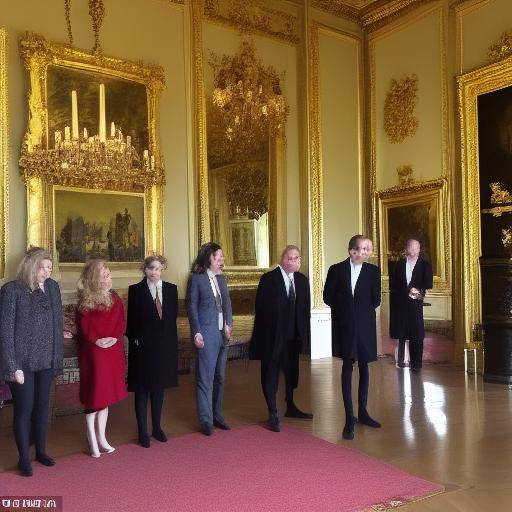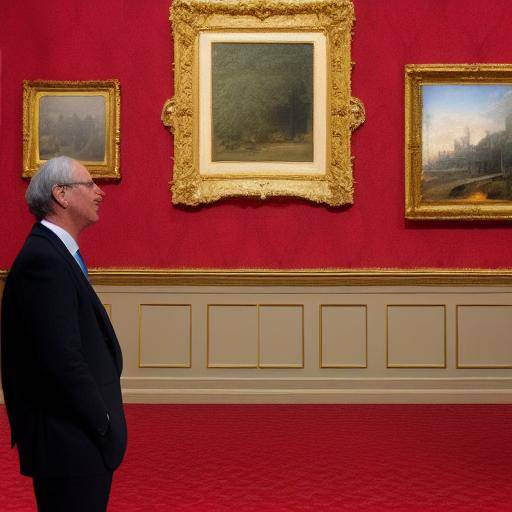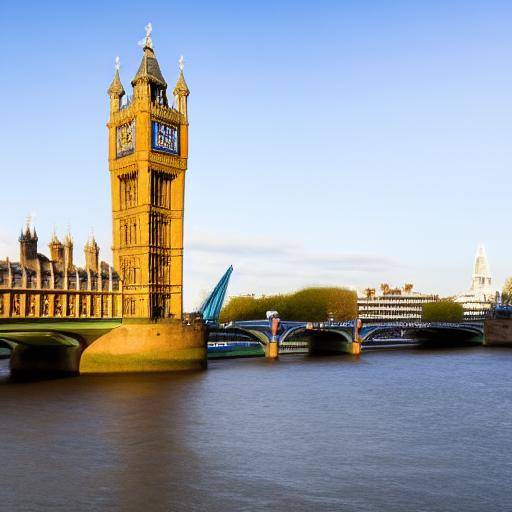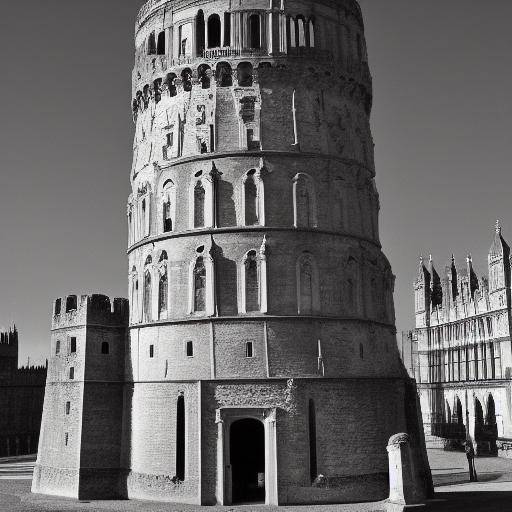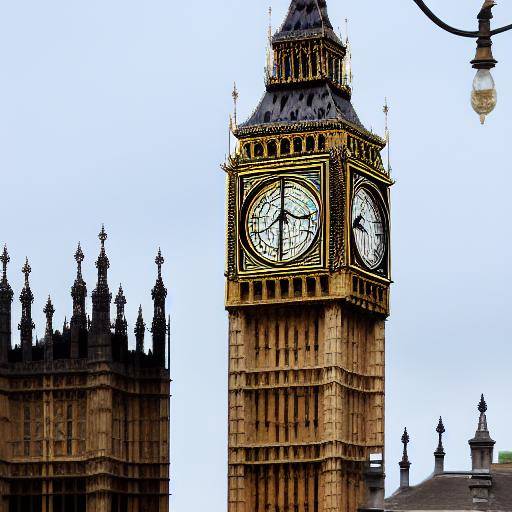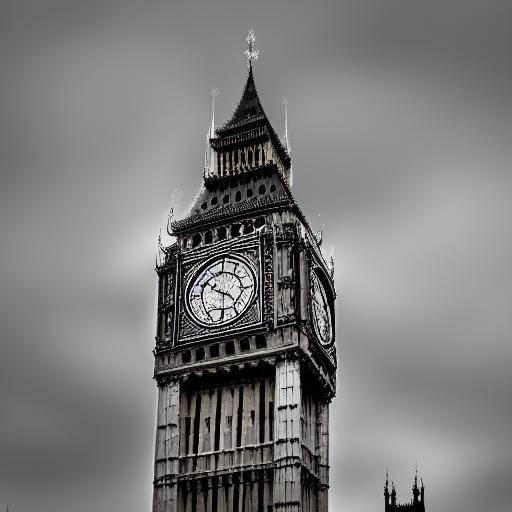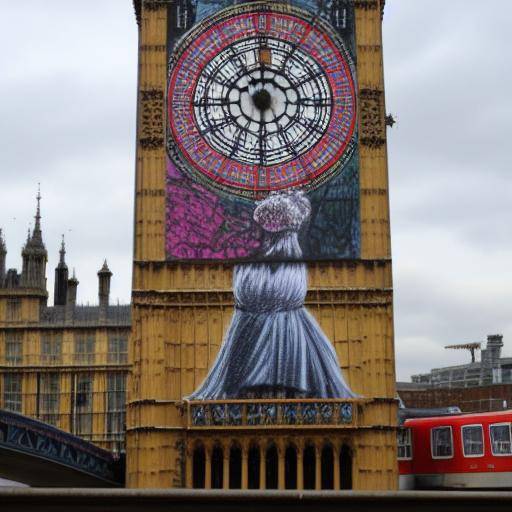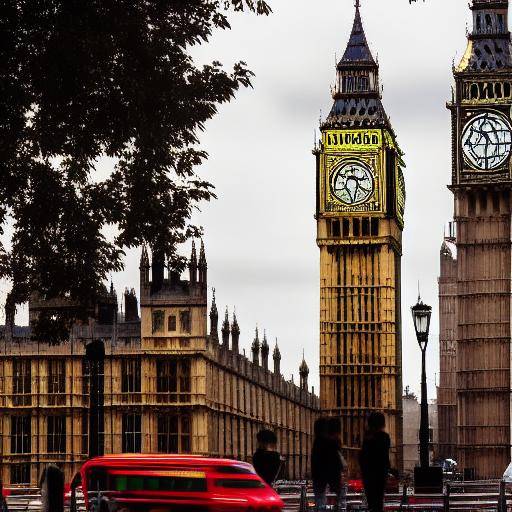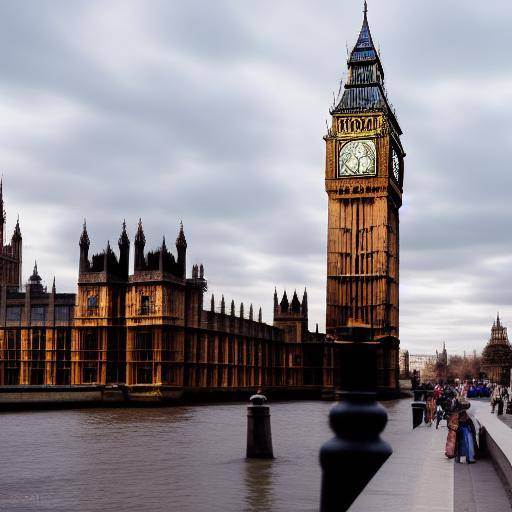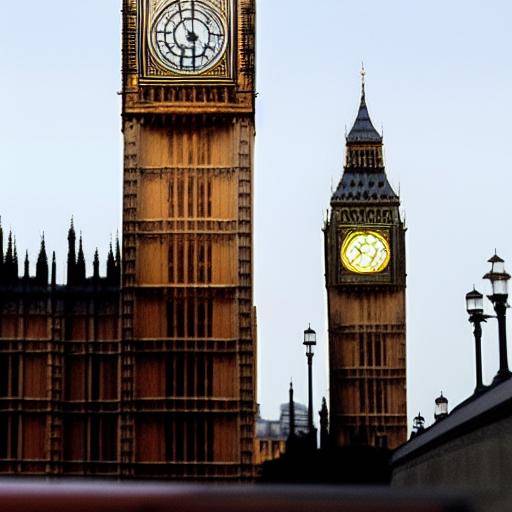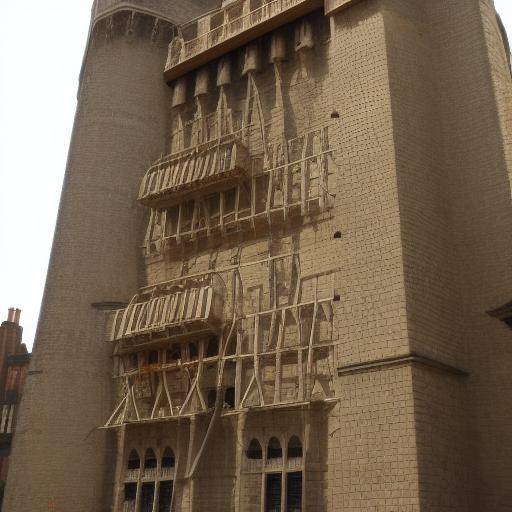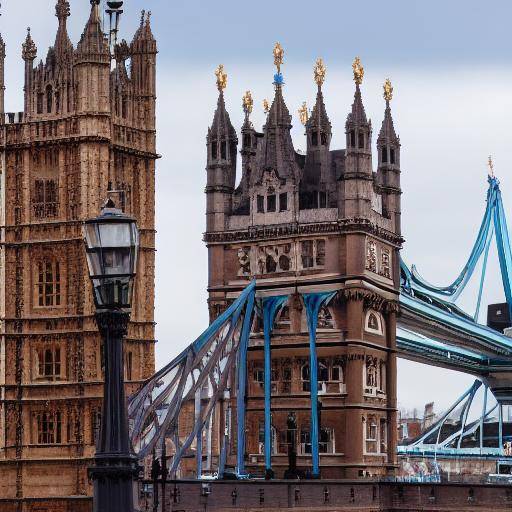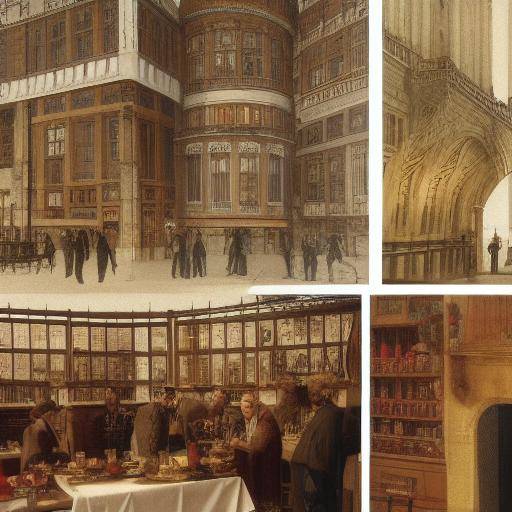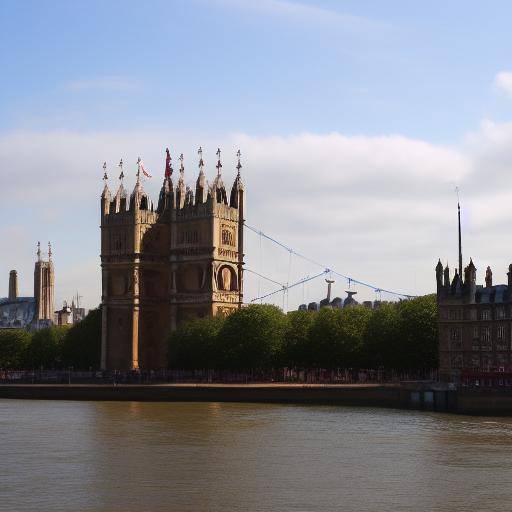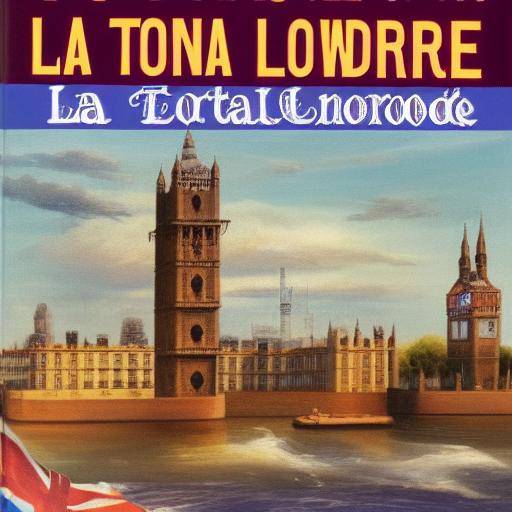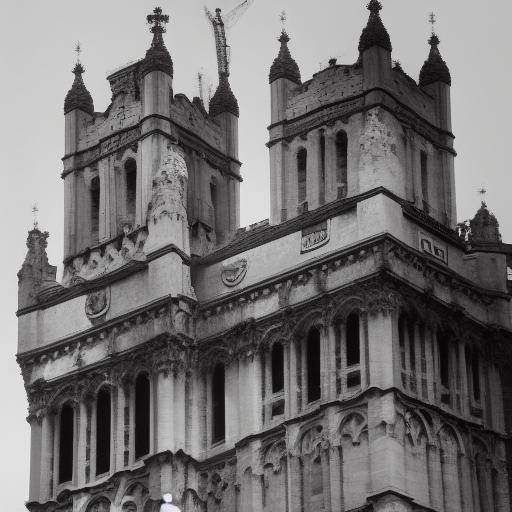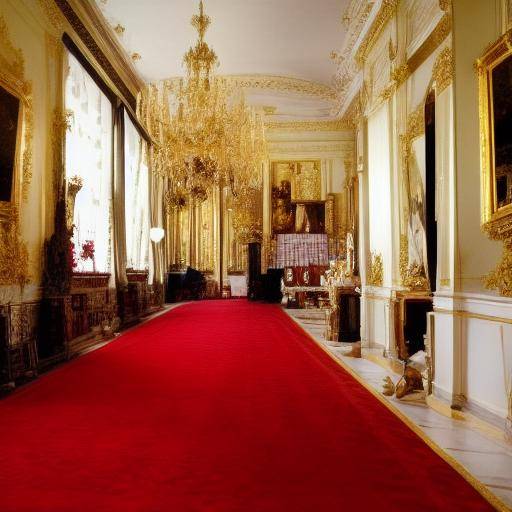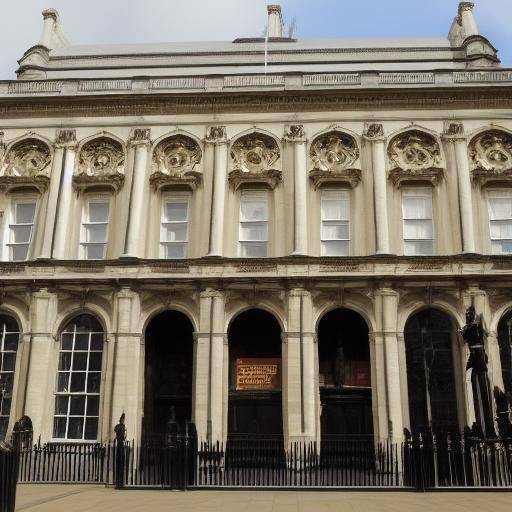
The British Museum is a cultural gem located in London, England. Its corridors house treasures of humanity that tell fascinating stories about past and present civilizations. From impressive sculptures to valuable artifacts, the museum is a treasure in itself, attracting millions of visitors annually. In this article, we will explore the historical and cultural wealth of the British Museum, delving into the stories that reveal its treasures and the importance it has for humanity. You will discover the legacy of the museum, its global impact, as well as practical advice to explore this cultural wonder. Get ready to travel in time through the treasures of the British Museum in London!
Introduction
The British Museum is one of the most important cultural institutions in the world, hosting an amazing collection of art and history covering more than two million years of human culture. From Ancient Egypt to the Middle Ages, the museum's treasures offer a unique vision of the legacy of humanity. On this trip to the British Museum, we will explore its origins, its most outstanding treasures, its impact on the world of art and history, and we will provide you with advice to make your visit unforgettable.
History and Background
The British Museum has its roots in the private collection of the physician and scientist Sir Hans Sloane, who lent his more than 71,000 objects to the British state to his death in 1753. Over the years, the collection grew exponentially, attracting contributions and acquisitions that enriched the museum's legacy. In 1759, the public was opened as the British Museum, rapidly becoming a must-see destination for art enthusiasts and history around the world.
Throughout its history, the British Museum has witnessed significant moments, from archaeological discoveries to progress in understanding different cultures. The permanent and temporary exhibitions offer the public the opportunity to explore the cultural wealth of ancient and contemporary civilizations.
Analysis in Deep
The importance of the British Museum goes beyond its impressive collection. Its role as an educational institution and its contribution to the preservation of the world ' s cultural heritage are themes of constant study and analysis. The institution has faced challenges and criticism, but its commitment to educational outreach and the preservation of the legacy of humanity remains an unwavering priority.
Itinerant exhibitions and educational programmes offer opportunities for people of all ages to immerse themselves in the past and understand the importance of preserving history for future generations. The British Museum has become a research and innovation centre in the field of museums, leading initiatives that promote intercultural understanding and heritage preservation.
Comprehensive review
When visiting the British Museum, visitors have the opportunity to witness firsthand the cultural and artistic diversity of the world. The institution houses a vast range of artifacts, from the Rosetta Stone to the sculpture of the Parthenon of Athens, each with its own unique history that reveals the creativity and engineering of civilizations lost in the witch of time.
The impact of the British Museum on the academic, artistic and cultural sphere is undeniable. Their participation in restoration projects, archaeological research and cultural exchange programmes demonstrate their commitment to the preservation and dissemination of the world heritage.
Comparative analysis
Compare the British Museum with other cultural institutions in London and England reveals different perspectives and approaches to the presentation and preservation of heritage. Other institutions such as the National Gallery and the Museum of Natural History complement the cultural experience of London, each providing its own thematic and artistic approach. While the British Museum stands out for its focus on global history, the National Gallery focuses on European painting, and the Natural History Museum offers an immersion in natural history and biodiversity.
In terms of the relevance of these institutions at the national and international levels, the British Museum stands out as a pioneer in the dissemination of global cultural heritage. Its role in promoting intercultural understanding and promoting dialogue on issues of international relevance distinguishes it as an invaluable contribution to the cultural landscape.
Practical Tips and Accessible Tips
If you are planning to visit the British Museum, we recommend that you first investigate the large collections and plan your tour, as the size of the museum can be overwhelming. In addition, consider joining a guided tour to get a more detailed perspective on the treasures of the museum and its historical importance. Do not forget to consult the information about temporary exhibitions, as they offer a fascinating view on specific topics relevant to history and culture.
Vision of Industry and Opinions of Experts
The British Museum has been the subject of analysis and reflection by experts in fields as diverse as history, archaeology, museums and cultural management. Its evolution over the years has been the subject of study, and its impact on the global understanding of cultural heritage is the subject of constant debates and reflections.
The role of the British Museum in creating intercultural bridges and in promoting global dialogue is widely recognized by experts in international relations and cultural studies. Their commitment to diversity and inclusion have received praise from academics and opinion leaders in the cultural field.
Case Studies and Real Life Applications
Various practical applications have emerged from the study of the collection of the British Museum, from digital artifact reconstruction to the use of archaeological data to understand the evolution of civilizations. In the educational field, the collection of the museum has served as a tool for the cross-sectional teaching of different disciplines, from history to anthropology.
Future Trends and Predictions
In an increasingly connected world, the British Museum will continue to play a crucial role in preserving and disseminating global cultural heritage. The museum is expected to explore new ways of involving the digital audience and expanding its reach through innovative initiatives in the field of online education and virtual outreach.
Conclusions and FAQs
The British Museum is a beacon of knowledge and discovery, a place where the past comes to life and reveals the intricate stories of humanity. By exploring their treasures, visitors dive into a journey through lost civilizations and flourishing cultures.
Frequently asked questions
**What is the schedule for the British Museum?**The museum is open daily from 10:00 to 17:30, with hours extended on Fridays.
**What is the best way to get to the British Museum?**The museum is located in central London, close to several metro stations and bus stops. It is recommended to use public transport to access the museum.
**Does the British Museum charge entry?**The museum is proud to offer free entry to its permanent collections, although special temporary exhibitions may apply.
**Is it necessary to book in advance to visit the British Museum?**It is not necessary to book to visit the permanent collections, but some temporary exhibitions may require a prior reservation due to its popularity.
**How long do you need to visit the British Museum?**The recommended time to visit all the museum galleries is approximately 2 to 3 hours, but this can vary according to individual interests.
**Is the British Museum suitable for children?**Yes, the museum offers special activities and resources for children, including tours adapted to different ages and areas of interest.
**Can you take photographs at the British Museum?**Photography is permitted in permanent collections, but due to respect for other visits, the use of flash and tripods is prohibited.
Conclusion
The British Museum is a tangible testament to the creativity, skill and history of humanity. By visiting it, you experience a direct connection with the civilizations that have forged the present world and you get an enriching perspective on the challenges and glories of the human past. This journey through the corridors of the British Museum is an invitation to reflection, learning and admiration for the cultural wealth of humanity.
Whether you're a history student, a passionate art or just a curious explorer of life, a visit to the British Museum in London will leave you with a sense of wonder and gratitude for the legacy that preceded us. So, without further preambles, prepare your agenda, learn the story and discover the wonders of the British Museum!
By exploring the British Museum, you dive into an unparalleled adventure, connecting with the roots of humanity and capturing the essence of our history.

